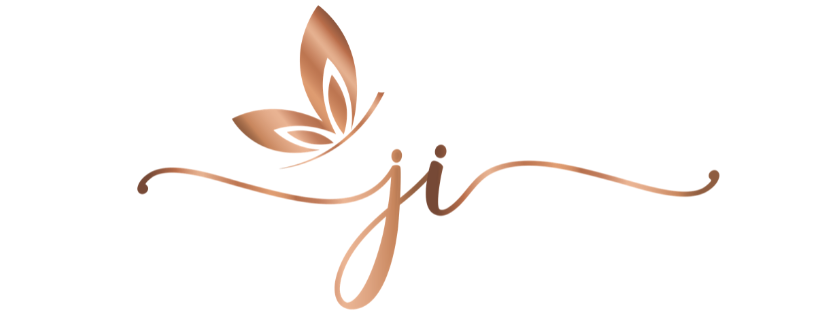It’s a tad embarrassing, but we’re going on vacation… already. Actually some friends booked a room at a resort on the Red Sea for this weekend and asked if we wanted to join them, so we said sure. It’s a resort in Ain Sukhna, only two hours from Cairo. According to good ole wikipedia:
Ain Sukhna, the Arabic for "hot spring", was named after the nearby sulfur springs. The springs originate at Gebel Ataka, the northern most mountain in the Eastern Desert. Close enough to Cairo for a day-trip, this popular weekend resort has fine beaches, coral reefs, and water sports. It is located about 55 kilometers (34 miles) south of Suez, and is the nearest bathing resort to Cairo. Some hotels in Ain Sukhna are the best on the Red Sea.
From the websites on Ain Sukhna and the resort itself, it looks amazing! I’ll wait to tell you all about it, until we’ve actually been there though. Not that advertising is ever false or misleading…
So, without entirely realizing it, I experienced my first sandstorm (pr. khamseen) the other day. It was around 2:00 in the afternoon and I noticed that the daylight was a strange color. It was almost yellow. I looked out the windows (our windows are really sliding glass doors everywhere) and between the two buildings across the way. I could see through to the far street and there was this layer of… well, it looked like smog or something in the air.
That night, our assigned sponsor and his wife took us out to dinner and asked if we’d seen the sandstorm that day. I was delighted to have actually noticed it, despite not knowing what I was noticing (apparently khamseens are typically caused by wind coming in off the Sahara in Spring, between March and May). Our sponsors took us to one of their favorite restaurants on the Nile, within walking distance from our place, called, of all things, The Fish Market. Despite the name, they had great vegetarian options, of salad, baba ganough, hummus, tahini, roasted eggplants, and great fresh-baked bread (pr. ‘aish), and we got to watch the sun set over the Nile (I can't imagine ever getting tired of seeing that).
The bread in Egypt is very important. As I’m sure many of you have heard, the vast majority of the nation’s poor here rely heavily on subsidized bread from the government and there has been a shortage due to the rapidly rising cost of wheat worldwide. As a result, the government has now ordered the Army and Ministry of Interior bakeries to bake subsidized bread in hopes of reducing this shortage. I haven’t seen any “bread riots,” nor has anyone else here whom I’ve asked, however we realize that we’re not in areas of the city that are strongly affected by this.
Bread here seems to be everywhere, and I mean everywhere. I’ve seen piles of these puffed bread “pillows”, sometimes called shammy (they’re like pita bread, or pocket bread, but sold or served puffed up with air, not flat), piled on a sheet for sale on the street corner – like used books in NY. I’ve also seen, and am determined to photograph it next time, a “bread bike” – which is a guy riding a bicycle through Cairo traffic, holding a pallet of wood on his head piled high with these bread “pillows.” It’s truly astonishing. I’ve seen a lot of things carried on the head here, mostly packages, bags, etc. One of those things that jars you into remembering you're not in Kansas (or DC) anymore.
Other sights I’ve been witness to that have either left me speechless or made me gape in astonishment with a little gurgle stuck in my throat include the propane donkeys, as I’ve mentioned before. These are donkey carts that are casually lead through Cairo traffic loaded high (everything here is loaded high) with canisters of propane by the dealers selling to businesses. We passed one in Zamalek on our walking tour. As he walked down the street calling out to the businesses, I swear he was singing a “Come buy my propane” song. They obviously don’t have specific delivery routes. It’s more like a US ice cream truck, but without the pedophile and tinkly music (or so I assume).
There’s a rattan chair maker that I’ve seen a few times as we’ve driven into downtown. I am determined to capture him on film (or in digital pixels, if you’re being picky). He has a little shop on the main road, one of many wedged in beside each other, and this guy sits out on the sidewalk in front of his store weaving together huge rattan chairs (like what you’d see in Pier One). It’s phenomenal to watch. It’s something I’d like to film, and then speed up and watch him create an entire high-backed chair from a pile of reeds in seconds.
These stores are all in a line, like books (pr. kitaab) on a bookcase, with no order or reason to their placement. Next to the chair-maker you’ll have a juice bar where oranges and lemons hang in large sacks from the ceiling and are stacked up in perfect pyramids (fresh juice here is very popular – I’ve tried the strawberry (amazing!) and a hibiscus/blackberry iced smoothie that I continue to dream about). Then next to the oranges will be a store selling chains. Not the Guido-type of chains, I mean large gnarly metal chains, hanging down like a horrific version of a 70’s beaded curtain for an S&M store; with links bigger than your foot. Took me a while, but I think they’re used for trucks and stuff… at least that’s what I’m saying until I see proof otherwise.











